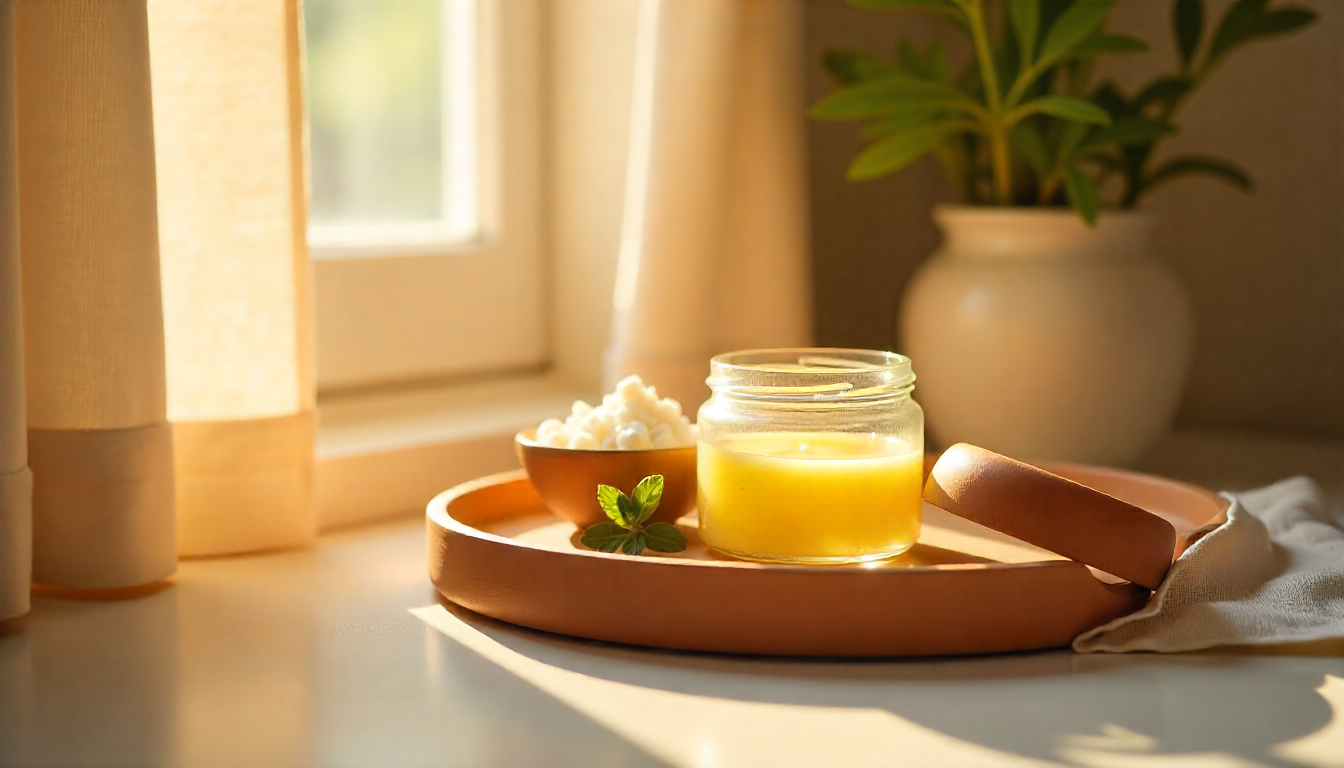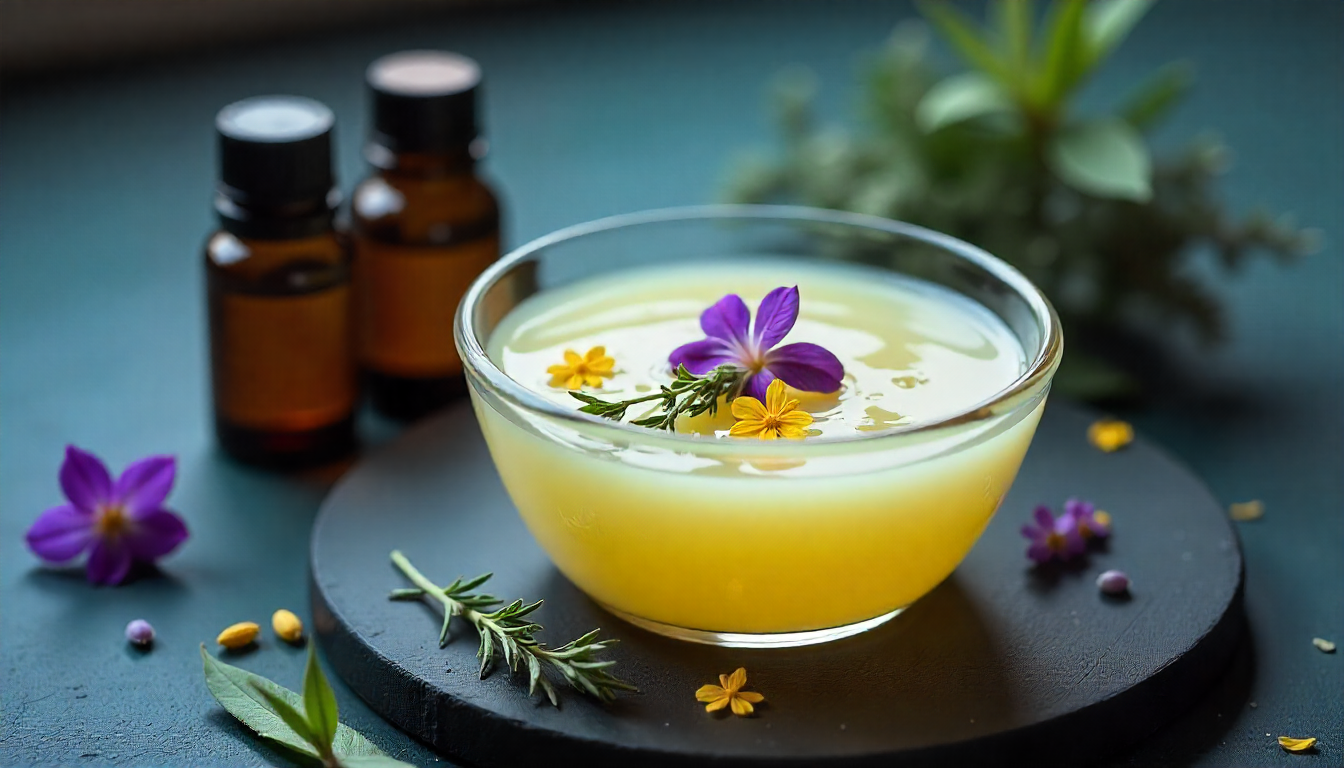Understanding Dry Skin and Its Causes
Dry skin, medically known as xerosis, is a common dermatological condition characterized by the absence of adequate moisture in the skin. Symptoms often include a rough texture, flakiness, and an overall tight feeling. In some cases, individuals may also experience redness, itching, or cracking, which can exacerbate discomfort and lead to further complications if not managed properly. Understanding the underlying causes of this condition is crucial for effective prevention and treatment.
Environmental factors play a significant role in the development of dry skin. For instance, harsh weather conditions, such as cold temperatures and low humidity, can strip the skin of its natural oils, leading to dryness. Similarly, excessive exposure to sun and wind can also contribute to the deterioration of the skin barrier, thereby enhancing dryness. Additionally, seasonal changes often exacerbate this condition; colder months frequently result in drier air, which affects skin hydration levels.
Personal habits, particularly diet and hydration, greatly influence skin health. A diet lacking in essential fatty acids, vitamins, and minerals may hinder the skin’s ability to retain moisture. Furthermore, inadequate water intake can lead to dehydration, which has a direct impact on skin vitality. The use of certain skincare products is another contributing factor. Many commercial lotions and soaps contain synthetic ingredients that may strip the skin of its natural oils, aggravating dryness.
Aging is an inevitable factor, with the skin losing collagen and elasticity over time. This natural decline often results in finer texture and increased dryness, making older adults more susceptible to dry skin conditions. Additionally, various medical conditions, such as eczema, psoriasis, or diabetes, can further compromise skin health, causing symptoms of dry skin to worsen. Understanding these factors lays the groundwork for exploring effective natural remedies tailored to alleviate dry skin issues.
The Benefits of Natural Oils and Tallow for Skin Hydration
Dry skin often requires effective hydration, and natural oils along with tallow present compelling options for those seeking relief. One of the primary benefits of these natural ingredients is their ability to closely mimic the skin’s natural oils. Unlike many synthetic creams that rely on artificial ingredients, natural oils such as olive oil and coconut oil provide moisture that deeply penetrates the skin.
Olive oil, known for its rich fatty acid profile, contains oleic acid, which is a monounsaturated fat that facilitates moisture retention. This oil is also abundant in antioxidants, including vitamin E, which play a significant role in combatting oxidative stress and skin aging. Its anti-inflammatory properties can soothe irritation and promote an overall healthier skin appearance.
Coconut oil, on the other hand, has unique antimicrobial properties due to its high content of lauric acid. This fatty acid not only hydrates the skin effectively but also serves as a barrier against bacteria, which can minimize the risk of infections, particularly for those with compromised skin. Furthermore, coconut oil enhances skin elasticity, making it especially beneficial for dry, parched skin.
Tallow, a rendered form of beef or mutton fat, is another powerful natural remedy for skin hydration. Rich in fatty acids and vitamins A, D, E, and K, tallow closely resembles the lipid composition of human skin. This similarity allows it to replenish lost moisture while promoting healing and regeneration. With its unique nutrient profile, tallow is particularly advantageous for individuals with sensitive or dry skin, providing a protective barrier and optimizing hydration.
Incorporating these natural oils and tallow into a skincare regimen can yield promising results, as they possess superior moisture retention abilities compared to conventional products. By harnessing the power of these natural ingredients, individuals can achieve healthier and more hydrated skin.
How to Incorporate Tallow and Oils into Your Skincare Routine
Integrating tallow and oils into your skincare routine can significantly improve dry skin while offering additional nourishment. To begin, it is essential to select high-quality tallow and oils such as olive oil and coconut oil, known for their moisturizing properties.
When applying tallow, a natural fat rendered from beef or sheep, use it directly on clean skin. Start with a small amount, approximately a pea-sized portion, gently warming it between your palms before applying it to areas that require extra hydration, such as elbows, knees, and hands. It is recommended to use tallow once daily, preferably in the evening, to allow your skin to absorb its rich nutrients overnight.
Olive oil is another excellent option. It can be applied in a similar manner. For added benefits, individuals may combine olive oil with essential oils such as lavender or tea tree for a personalized scent and additional therapeutic properties. For general moisturization, using one tablespoon of olive oil daily should suffice. This oil can also be utilized as a carrier oil for essential oils, enhancing skin absorption and promoting hydration.
Coconut oil, known for its antibacterial properties, can be integrated into your skincare routine similarly. Apply one teaspoon of virgin coconut oil to your face and body either in the morning or before bed. For a DIY moisturizing balm, consider mixing equal parts of tallow, olive oil, and coconut oil in a small jar. Warm the mixture gently until fully liquefied, then allow it to cool and solidify for easy application.
Many individuals report positive results after incorporating these natural remedies into their daily routine. For instance, users have noted significantly smoother skin and alleviated dryness within weeks of using these products consistently. By adopting these techniques, you too can combat dry skin effectively and embrace the benefits of natural moisture from tallow and oils.
Comparing Natural Remedies to Synthetic Creams: A Closer Look
When addressing dry skin, individuals often face a crucial decision: whether to opt for natural remedies or synthetic creams. This choice is heavily influenced by the ingredients, side effects, and long-term implications associated with each option. Synthetic creams frequently contain chemical compounds designed to provide immediate relief; however, many of these ingredients can lead to adverse reactions. Common substances found in these products include parabens, fragrances, and petroleum-based derivatives, which can trigger skin irritation or allergies in sensitive individuals.
Moreover, synthetic creams may offer a quick fix, but their long-term use raises concerns about skin dependency and decreased natural moisture production. Over time, the skin may become reliant on these products, potentially diminishing its ability to retain moisture independently. Such dependency can create a vicious cycle where users continuously seek stronger formulations, thus increasing the risk of further irritation and health complications.
On the contrary, natural remedies often harness the power of botanical ingredients and essential oils that are gentler on the skin. Ingredients like coconut oil, aloe vera, and shea butter not only soothe dry skin but also provide nutritional support, promoting overall skin health. Furthermore, these natural alternatives encourage hydration without overwhelming the skin with harsh chemicals. As a result, many individuals are increasingly inclined to choose natural remedies not just for their gentle efficacy but also for their environmental benefits. The production of synthetic creams frequently involves processes detrimental to nature, while the cultivation of natural ingredients can be more sustainable.
In conclusion, as consumers become more aware of the potential risks associated with synthetic creams, many are transitioning towards natural remedies for dry skin. The inherent benefits of using gentle, plant-based ingredients, coupled with their environmental advantages, demonstrate a compelling case for making the switch. This trend reflects a broader movement towards holistic and mindful self-care practices that prioritize both personal health and ecological sustainability.


